Movement & Positioning: The Magic of Motion & the Importance of Placement Within a Photo
The title of this blog post discusses the topic of movement and positioning within a photo. Even typing that out makes it sound kind of complicated. It’s not, and there are just a few accepted concepts of art that revolve around depicting movement and the resulting influence over the composition of a photo.
Let’s dive into it.
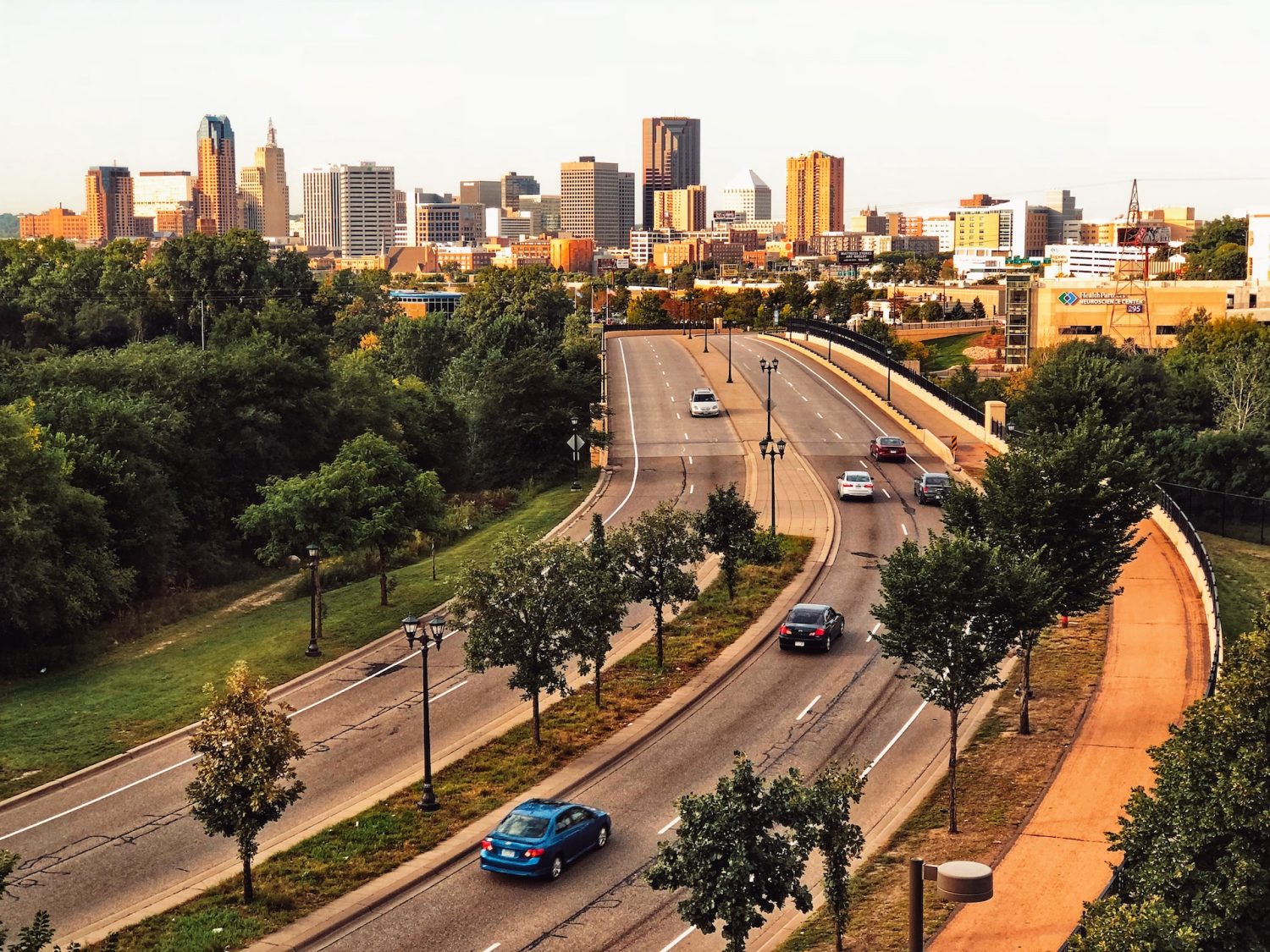 001 – Photograph by Kent DuFault
001 – Photograph by Kent DuFault
Where you place the subject of your photo within the frame is essential. It’s even more critical if the shot contains movement – either real or implied.
Movement is one of four critical elements that attract the human eye.

002 – Photograph by Kent DuFault
If you are keen to attract eyes to your photos, keep these crucial traits in mind: shape, contrast, positioning, and motion.
In this post, we will concentrate on motion.
Think about this.
Someone frantically runs past you. What do you do? You look to see where they’re running.

003 – Photograph by Kent DuFault
I’ve done this a million times, and I bet you have too. I look up and see an airplane contrail slowly moving across the sky. I cannot help but wonder where it’s headed, and who are the folks traveling somewhere.
Critical Thought: Motion is depicted in several ways in photography. We don’t have to see blur to realize that there is motion. Motion is often implied, as it is in all three of the opening photos in this post.

004 – (l) Photograph by Ahmad Odeh, (center top) by Joshua Fuller, (center middle) by brut carniollus, (center bottom) by JD Weiher, (r) by Cassidy Dickens
When you want to depict motion with blur, there are several ways to accomplish this.
004 (far left) – The camera is securely stabilized, and the subject is moving. A slower shutter speed blurs the subject’s movement. The blur can be adjusted by varying the shutter speed. A dark background often helps to reveal the blur. Combining the slow shutter speed with an electronic flash can combine a blur effect with some subject sharpness.
004 (middle top) – The camera is securely stabilized, and an extended exposure (1 second or longer) is utilized to capture the blur of a slower moving subject.
004 (middle center) – The camera is not stabilized. The subject is moving. A slower shutter speed is utilized. The entire image is blurred by motion.
004 (center bottom) – The subject is moving, and the camera is moving at the same rate as the subject. This action creates a sharp subject with a blurred background. The simplest way to achieve this effect is through the technique of panning.
004 (far right) – The camera is stabilized. Portions of the subject are moving while other parts are stabilized. You would typically use a shutter speed in the range of 1/30th of a second down to 1 second, depending upon the movement’s pace.
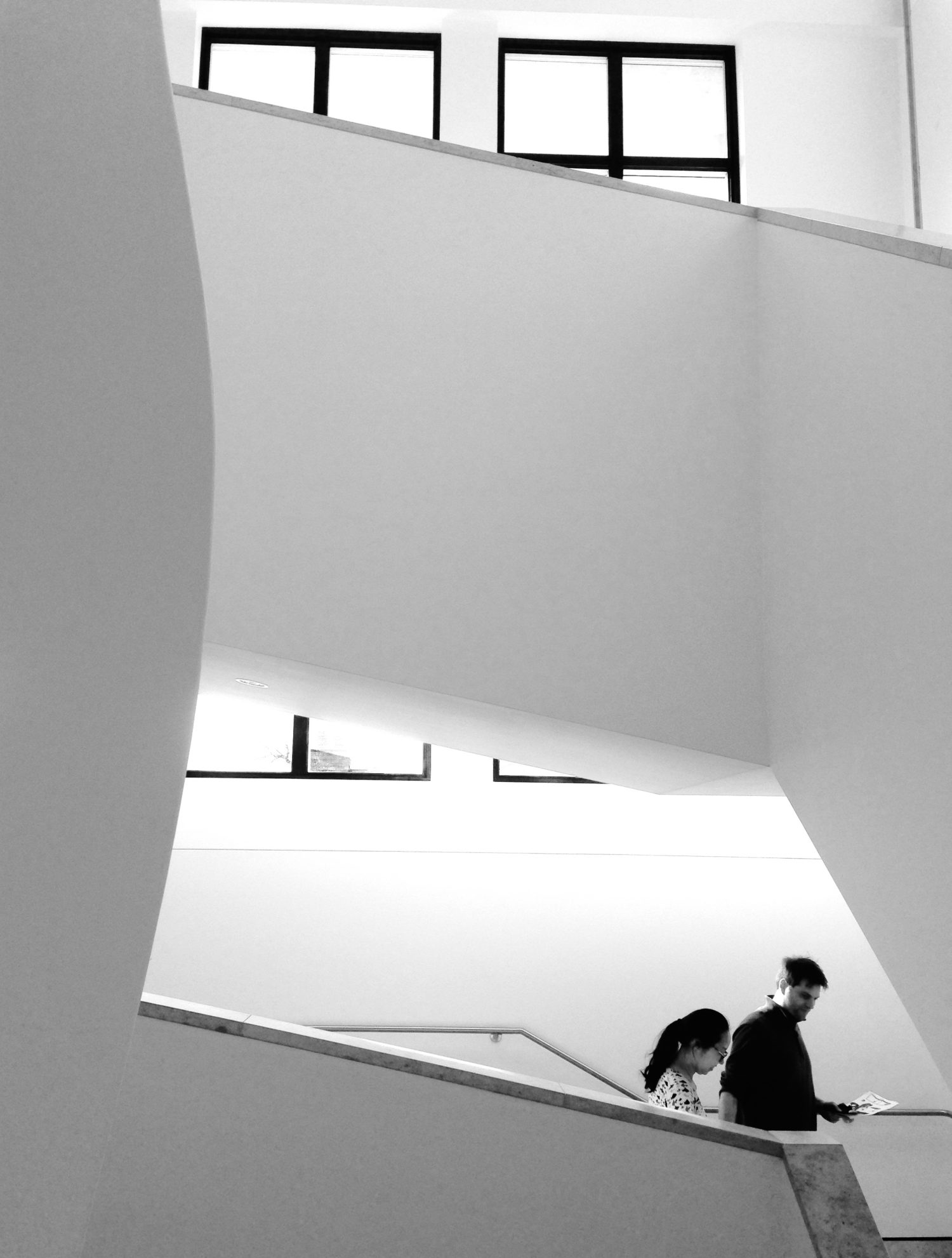
Image 005 – Photograph by Kent DuFault
In photo composition, every element within the frame is important. Each component has the ability to change the flow and direction of a viewer’s eyes.
Image 005 has a subject that is exiting the frame with implied motion. Typically, this is not a good thing, and it has a composition name called ‘a frame break.’
In this case, placing the subject in that location within the frame (the positioning) works perfectly.
Breaking the composition rule mentioned above creates visual tension because all of the other design elements in the composition ‘pulls’ the two subjects back into the frame (visually).
If the couple had been positioned anywhere else within the frame- the shot wouldn’t work. The balance would be broken, and the resulting picture would lack vitality and interest.
Let’s take a close look at three case studies that have real or implied motion.

Image 006 – Photograph by Saffu
Image 006 depicts a relatively fast-moving object. The chosen shutter speed captures blurred motion along with stop-action.
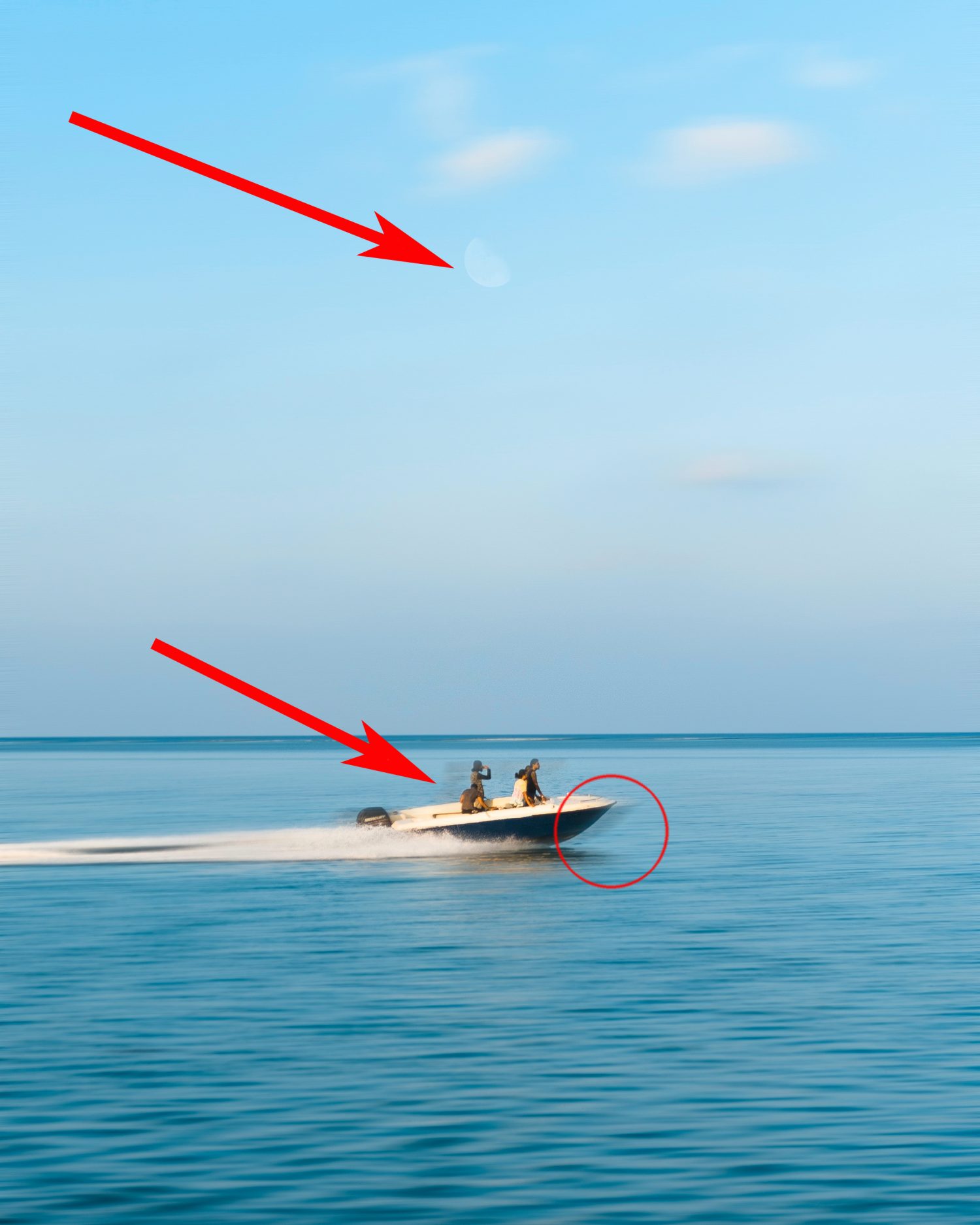
Image 007 – Photograph by Saffu
Key Point: Be very careful if you intend to create some motion magic in post-processing. The movement of the speeding boat was enhanced in post-production to mimic a panning effect. However, telltale signs have been left behind.
When panning to capture motion, the entire background is blurred. This panning effect makes it impossible for the moon to be sharp in the sky.
If an object is moving, and a slow shutter speed is used to create motion blur with panning- the blur always occurs behind the moving object and not in front of it.
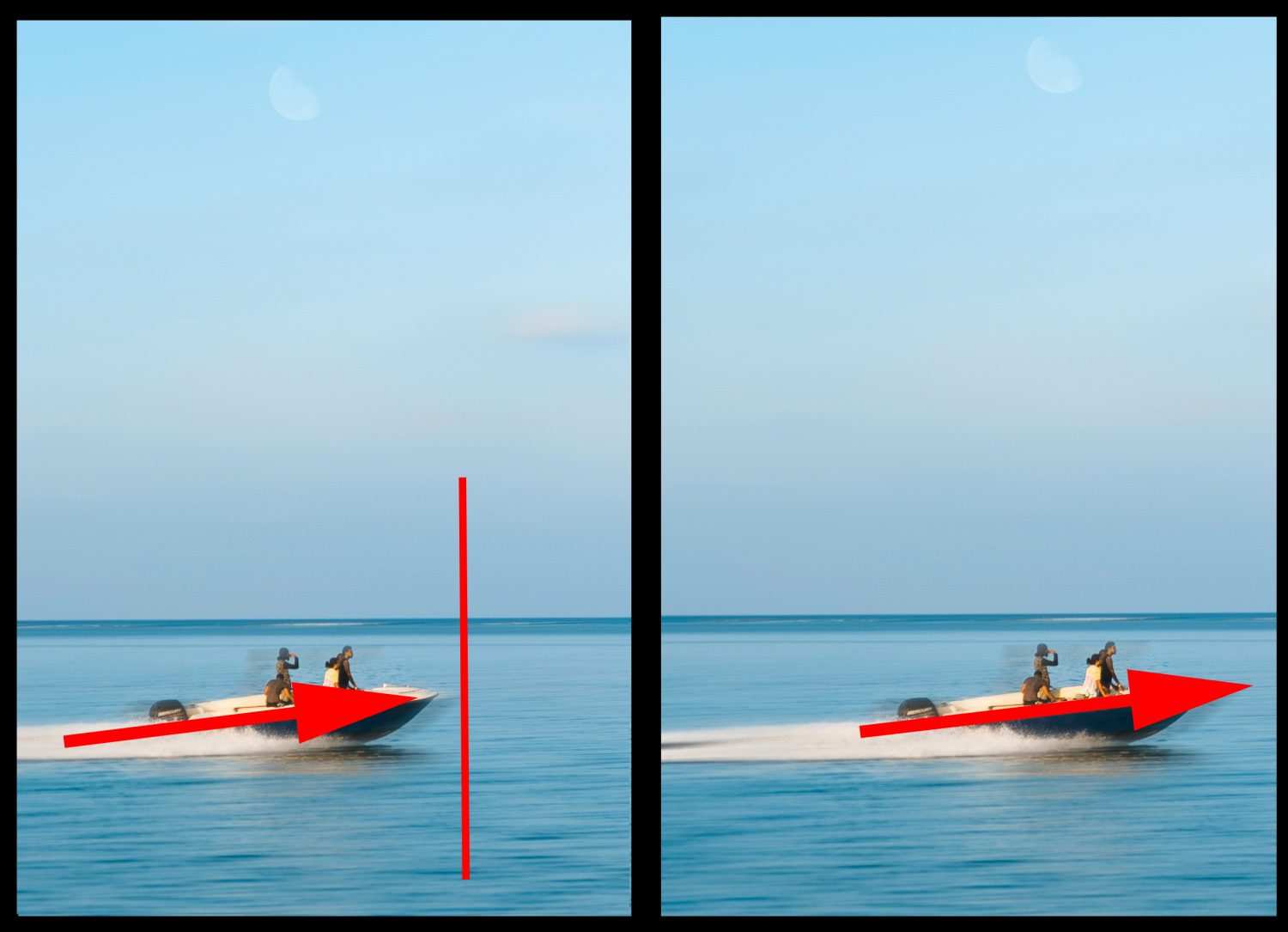
Image 008 – Photograph by Saffu & editing by Kent DuFault
This photo depicts a basic motion/subject composition rule that every beginning photographer should know. Don’t have a subject that is in motion exiting the frame.
Critical Thought: Proper positioning of a moving object within the frame occurs on the left side of Image 008. Improper positioning occurs on the right side of Image 008. Consider this. The faster an object is moving, the more important this concept becomes.
Note: Yes, I know that I broke the rule in Image 005. Sometimes rules or concepts are meant to be broken. When breaking a rule or concept of composition, it’s imperative to consider what is happening in the entire frame.
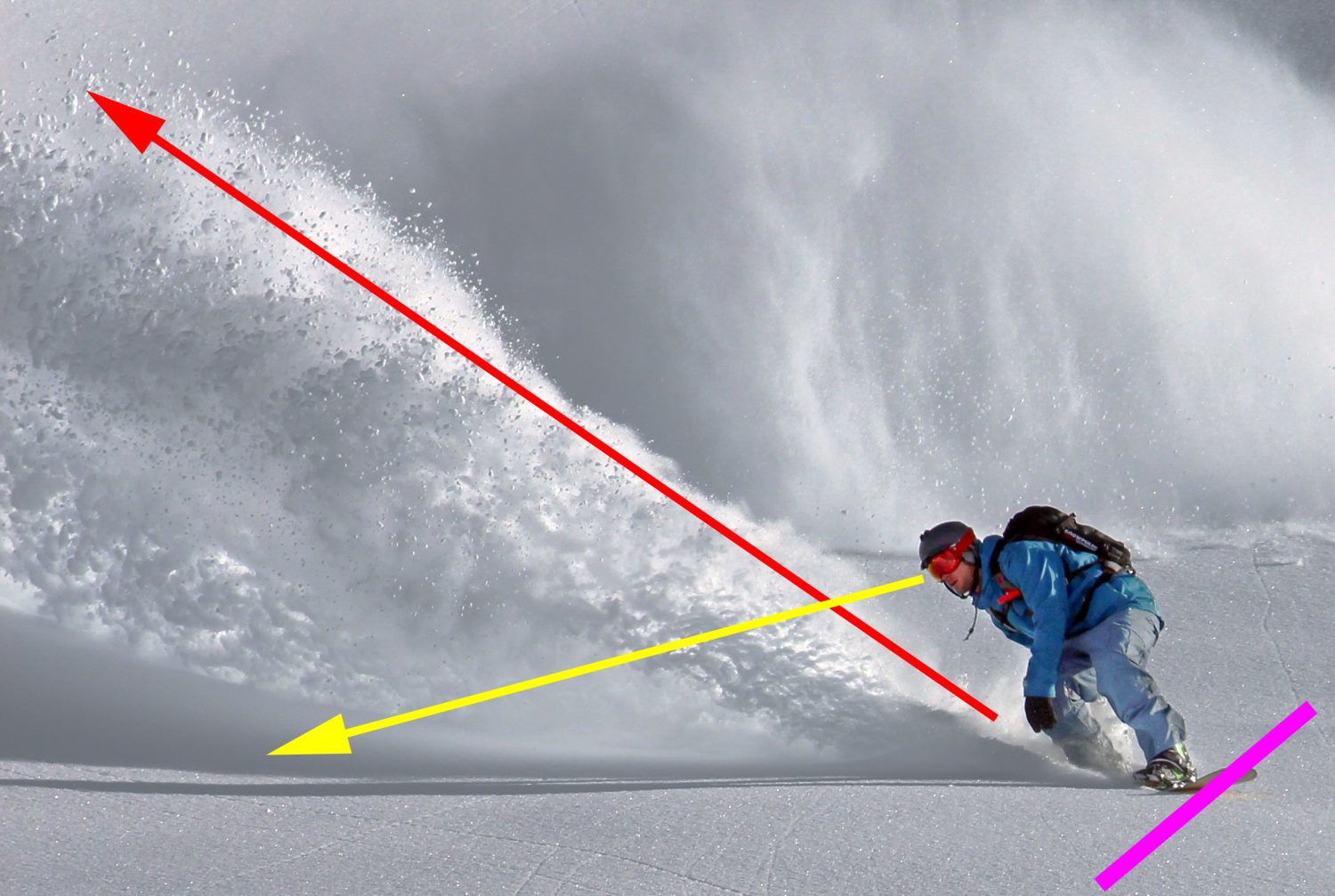
Image 009 – Photograph by Johannes Waibel
Photography can capture real motion as well as implied motion!
In Image 009, the snowboarder was captured using a fast shutter speed. That shutter speed and the direct angle of view makes him appear to be still.
The snow off to the left is fragmented and a bit blurred, implying motion.
Do we have a frame break here? The subject is close to that lower right corner.
We don’t have a frame break because the snowboarder is looking back across the frame to the left. It forces us to look to the left.
Pro Tip: Movement is a very robust tool for attracting attention to a particular location within a photo. However, line-of-sight (where the man is looking in Image 009) has an even more substantial effect on a viewer. We always want to know what someone is looking at, and we will follow their line of sight- even in a picture!
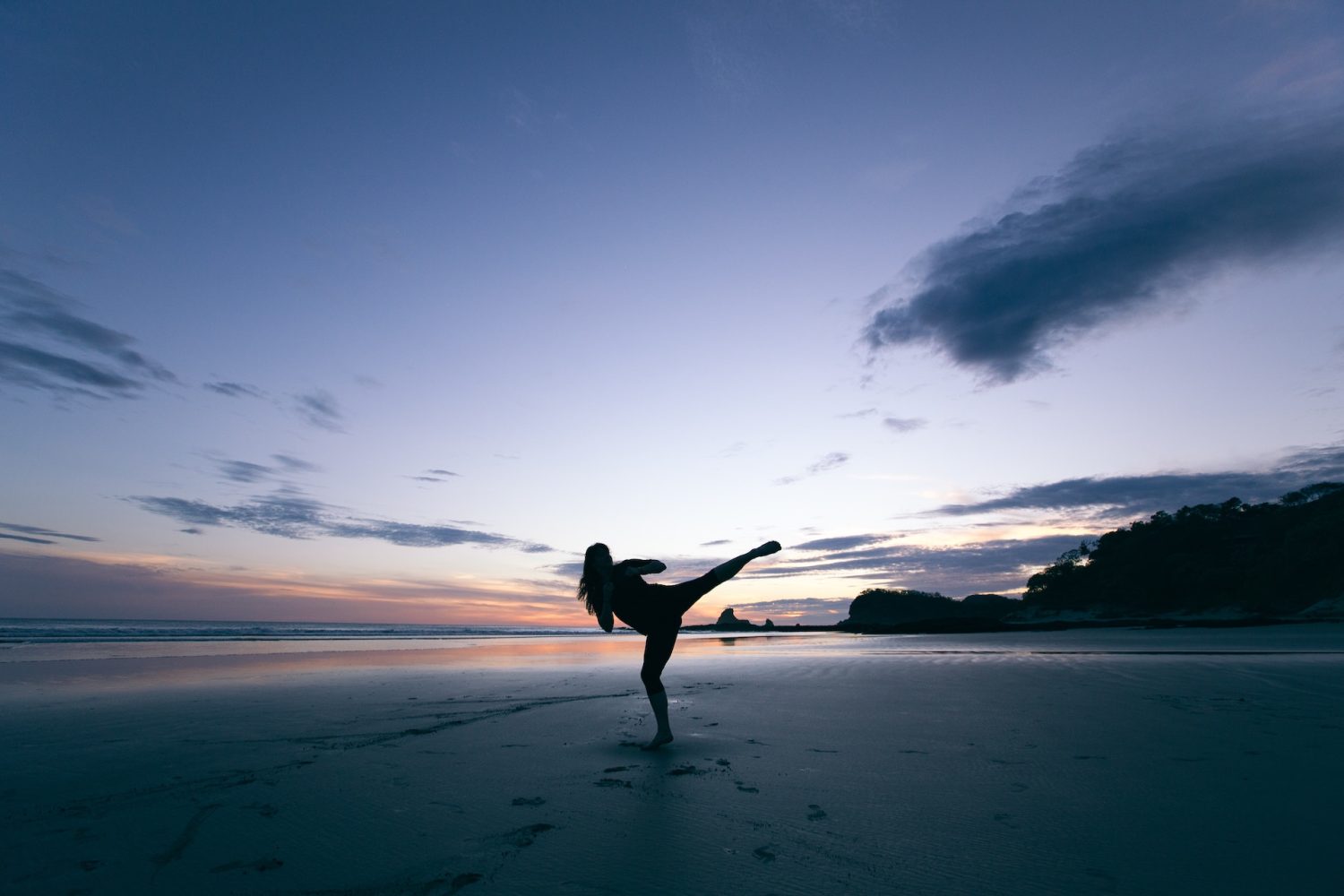
Image 010 – Photograph by Jason Briscoe
This photo has some dynamic elements, including implied motion. At times, you can turn to post-processing to better illustrate the concept of movement in your photos.
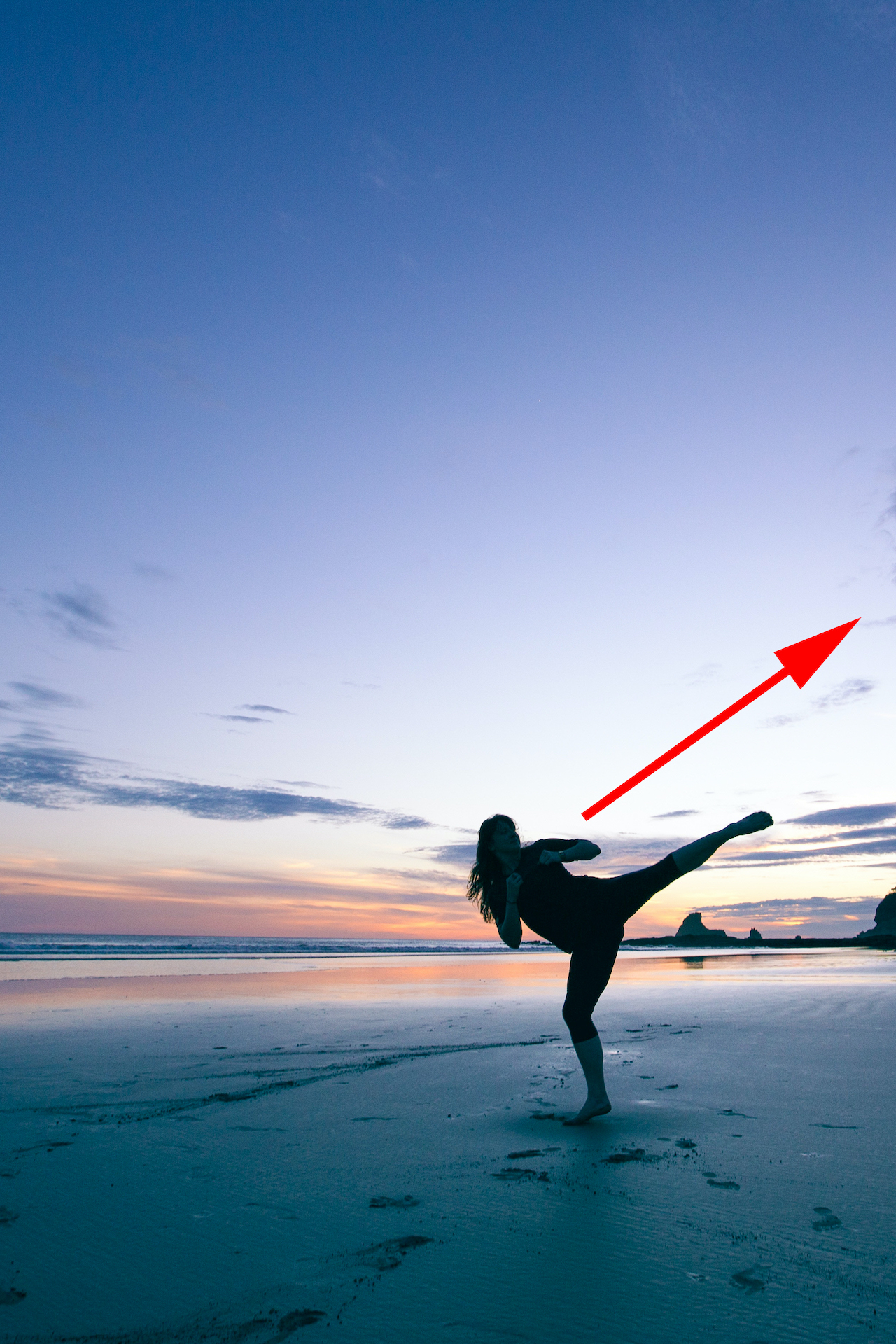
Image 011 – Photograph by Jason Briscoe & editing by Kent DuFault
By cropping the shot, it becomes more dynamic. However, I haven’t been successful in my positioning of the subject within the frame. My positioning of the subject has left the entire left-hand side of the frame virtually useless.
The subject was not moving, so this is an implied motion. By cropping the shot as I did for Image 011, I have created an implied action that pushes us off of the photo to the right. The implied motion is a direct result of the model’s body language- both her extended leg and her line-of-sight create movement toward the right side of the frame.

Image 012 – Photograph by Jason Briscoe & editing by Kent DuFault
By taking into account the implied motion, a better crop occurs in Image 012.
Now it’s your turn.
Organize a photo shoot with a model.
Visit several locations. Some suggestions include a university campus or a park area.
Photograph your model using actual motion as well as implied motion.
Try different shutter speeds, panning, and all the various forms of captured motion discussed in this blog post.
Don’t be afraid to break some rules of composition!
Have fun.
